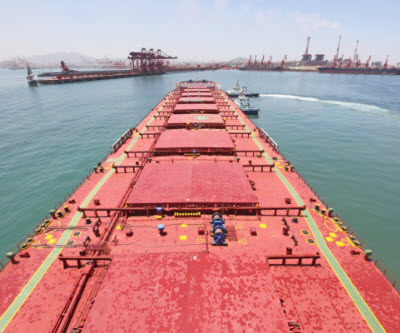
Recent volatility in the price of iron ore has interested traders of the crucial industrial metal.
Bloomberg reports that trading of iron ore derivatives surged last month on the Dalian Commodity Exchange, to 32.4 million contracts or 3.2 billion tonnes. That compares to the previous record in May of 24.9 million contracts. A year ago volumes were over three times less.
“Iron ore futures volume reached a new high because investors are quite split in terms of price outlook,” according to Guo Junwen, an analyst at Galaxy Futures in Shanghai quoted by Bloomberg. “Recent economic data has painted a bearish picture while port stockpiles are hovering near the lowest since November 2013. We will see the market fluctuate with high volumes as the two sides can’t seem to agree with each other.”
Volatility-wise, iron ore has never been higher, according to Bloomberg’s numbers, with the 10-day volatility index the highest ever on July 13.
Iron ore has only been trading in China since 2013 when the Dalian Commodity Exchange opened. Before that contracts were settled in cash.
After sliding to a six-year low in early July, the price of iron ore surged last Wednesday as the market for the steelmaking raw material in top consumer China showed signs of a bottom.
The benchmark 62% Fe import price including freight and insurance at the Chinese port of Tianjin raced ahead $3.10 or 5.9% to $55.30 a tonne, capping three days of gains according to data provided by The SteelIndex.
The advance in the Metal Bulletin’s benchmark 62%-index at the ports of Qingdao-Rizhao-Lianyungang in China was $2.44 or 4.6% to $55.89 for an 8.7% gain since Friday to a four-week high.
The latest move higher was inspired by a bounce back in Chinese steel prices with the most-traded rebar contract on the Shanghai Futures Exchange touching $340 on Wednesday. That’s up from record low of $305 at the start of the month.
The steel price has also been boosted by rumours in China that Beijing has halted all construction inside the city and ordered steelmakers in areas surrounding the capital to make drastic cuts in production and ahead of September 3 military parade marking the 70th anniversary of the end of World War II.